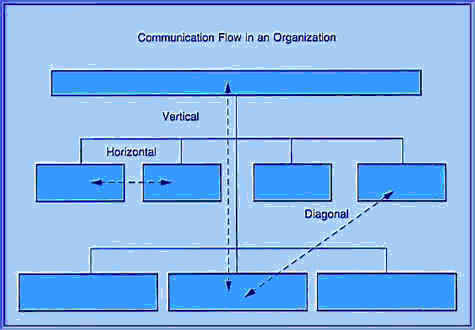THE TEN COMMANDMENTS OF GOOD COMMUNICATION FROM AMA
1. Seek To Clarify Your Ideas Before Communicating.
The more systematically we analyze the problem or idea to be communicated, the clearer it becomes. Good communication must also consider goals and attitudes of those who will receive the communication and those who will be affected by it.
2. Examine The True Purpose Of Each Communication.
Before you communicate, ask yourself what you really want to accomplish with your message - obtain information, initiate action, change another person's attitude? Identify your most important goal and then adapt your language, tone, and total approach to serve that specific objective.
3. Consider The Total Physical And Human Setting When You Communicate.
Meaning and intent are conveyed by more than words alone. Consider the following:
- • Your sense of timing, i.e. the circumstances under which you make an announcement or render decision.
- • The physical setting - whether you communicate in private in a group.
- • The social climate that pervades work relationships within the company or department and sets the tone of its communications.
- • Custom and past practice - the degree to which your communication conforms to, or departs from, the expectations of your audience.
4. Consult With Others, When Appropriate, In Planning Communication.
Such consultation often helps to lend additional insight and objectivity to your message. Moreover, those who have helped you plan your communication will give it their active support.
5. Be Mindful, While You Communicate, Of The Overtones As Well As The Basic Content Of Your Message.
Your tone of voice, your expression, your apparent receptiveness to the responses of others - all have tremendous impact on those you wish to reach. Frequently overlooked, these subtleties of communication often affect a listener's reaction to a message even more than its basic content.
6. Take The Opportunity, When It Arises, To Convey Something Of Help, Or Value To The Receiver.
Consideration of the other person's interests and needs - the habit of trying to look at things from his point of view - will frequently point up opportunities to convey something of immediate benefit or long-range value to him.
7. Follow Up Your Communication.
This you can do by asking questions, by encouraging the receiver to express his reaction, by follow-up contacts, by subsequent review of performance. Make certain that every important communication has a "feedback" so that complete understanding and appropriate action results.
8. Communicate For Today As Well As For Tomorrow.
While communications may be aimed primarily at meeting the demands of an immediate situation, they must be planned with the past in mind, if they are to maintain consistency in the receiver's view. Most important of all, they must be consistent with the long-range interests and goals. For example, it is not easy to communicate frankly on such matters as poor performance or the shortcomings of a loyal subordinate - but postponing disagreeable communications makes them more difficult in the long run and makes it actually unfair to your subordinates and your company.
9. Be Sure Your Actions Support Your Communication.
In the final analysis, the most persuasive kind of communication is not what you say, but what you do... For every manager this means that good supervisory practices - such as clear assignment of responsibility and authority, fair reward for effort, and sound policy enforcement - serve to communicate more than all the gifts of oratory.
10. Seek Not Only To Be Understood, But To Understand.
Be a good listener! When we start talking we often cease to listen - in the larger sense of being attuned to the other person's unspoken reactions and attitudes. Listening demands that we concentrate not only on the explicit meanings another person is expressing, but on the implicit meanings, unspoken words, and undertones that may be far more significant.
© Management Review. Adapted and reprinted by permission of the American Management Association International. New York, NY. All rights reserved. |





